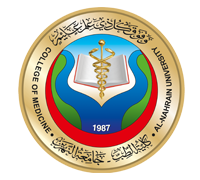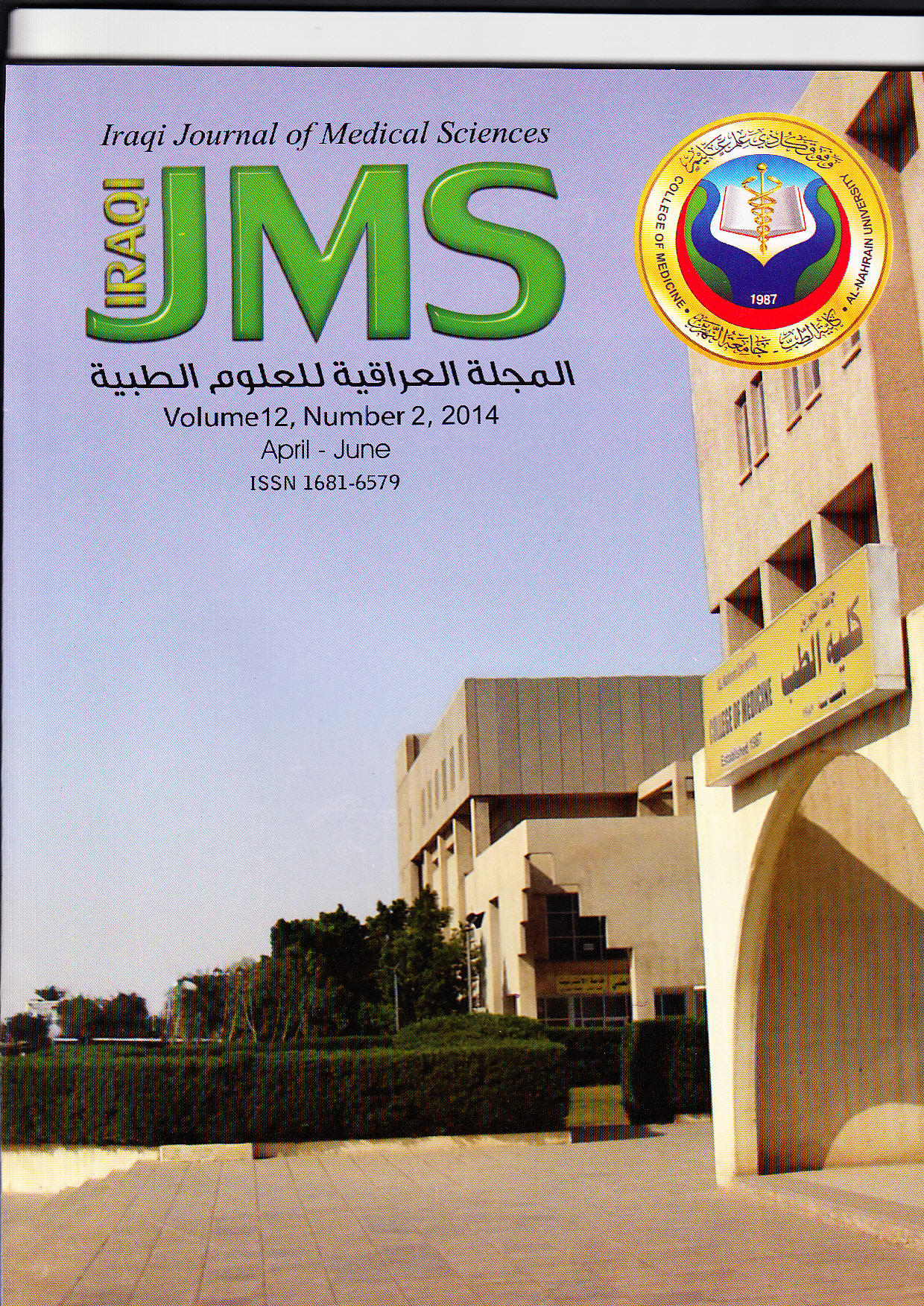|
Vol. 12 Issue 2 April - June / 2014
Published on website | Date : 2016-03-27 11:08:35
SURGICAL OUTCOME OF 65 CASES OF CONGENITAL ESOPHAGEAL ATRESIA WITH TRACHEOESOPHAGEAL FISTULA: EXPERIENCE OF 5 YEARS IN TWO INSTITUTESAhmed Z. Zain, Salah S. Mahmood, Sarah Z. FadhilAbstractBackground:Congenital esophageal atresia and tracheoesophageal fistula are well-known congenital anomalies which affect 1 in 2400 – 4500 live births. The survival rate has dramatically improved in the last decades due to the advances in the neonatal intensive care, anesthetic management, ventilatory support and the surgical techniques.
Objective:To evaluate the surgical outcomes and postoperative complications in patient with esophageal atresia and tracheoesophageal fistula who were admitted to our hospital. Methods: A retrospective study of 65 cases of esophageal atresia with distal tracheoesophageal fistula was studied over a period of 5 years from January 2008 to January 2013. Patients demographic, frequency of associated anomalies, postoperative complications and surgical outcomes were studied. Results:There were 38 male and 27 female with frequency of forty-seven (72%) infants were full term and 18 (28%) were preterm. Survival rate was (66%) for newborn who underwent surgery within the first 24 hours which was higher than those newborn with age above two days. Congenital heart disease was the commonest associated congenital anomalies and accounted for 28% of all our patients. Our patients developed many complications including respiratory tract infection (26%) and anastomatic leak (20%) as the most common complications. Conclusion:The survival rate of the patients with EA/TEF is influenced mainly by associated life -threatening congenital anomalies, prematurity of newborn and the age at the time of surgical repair. Keywords:Esophageal atresia, tracheoesophageal fistula, congenital anomalies. Full-text |
Some tools below are only available to our subscribers or users with an online account |
 |
Please wait until the current process completes ... |




